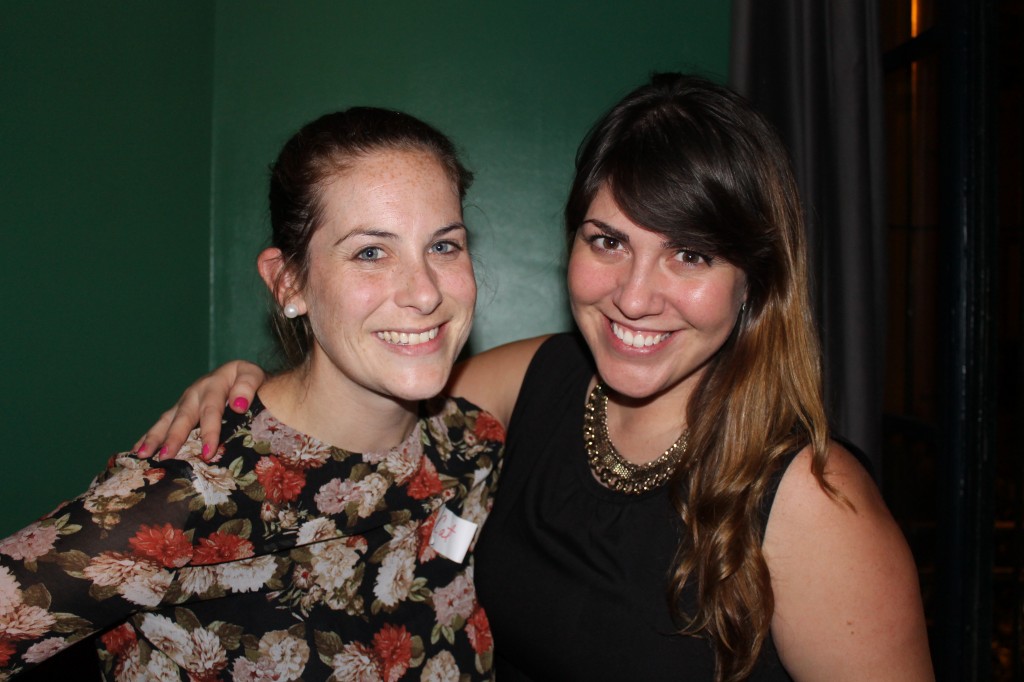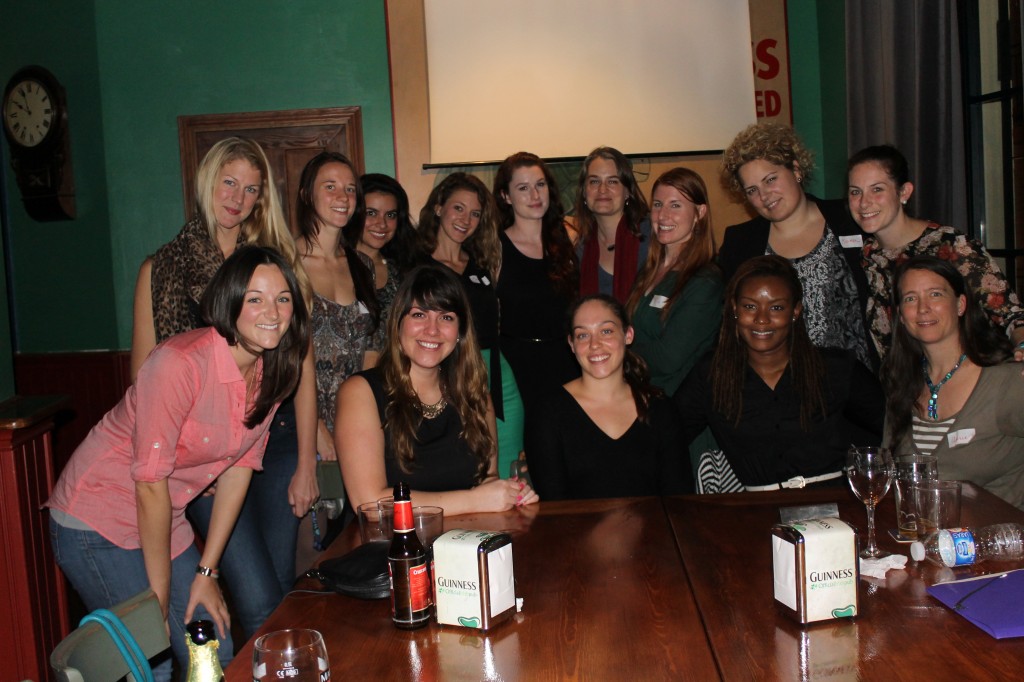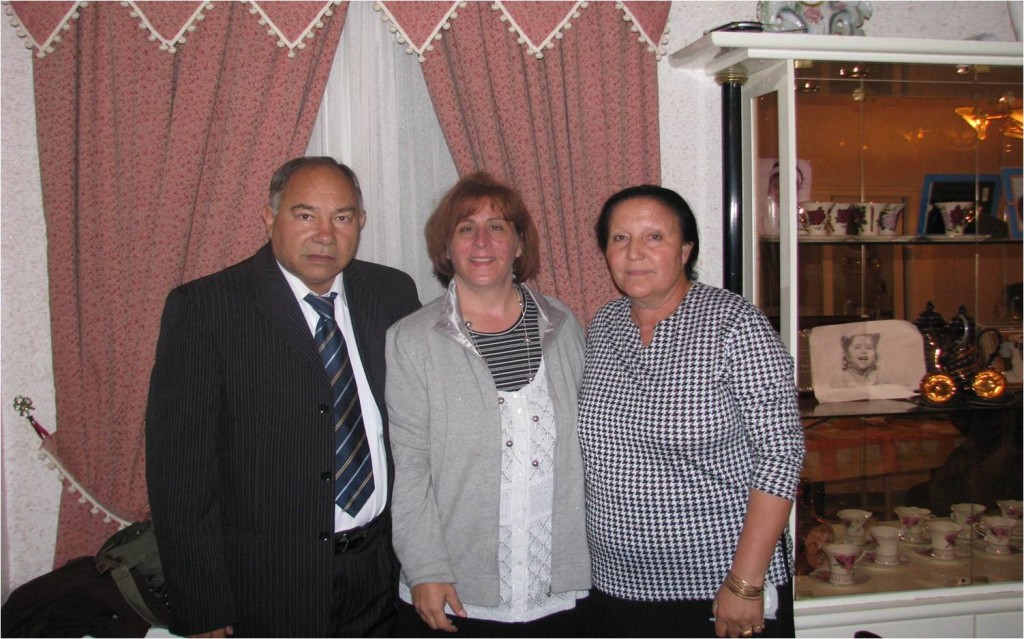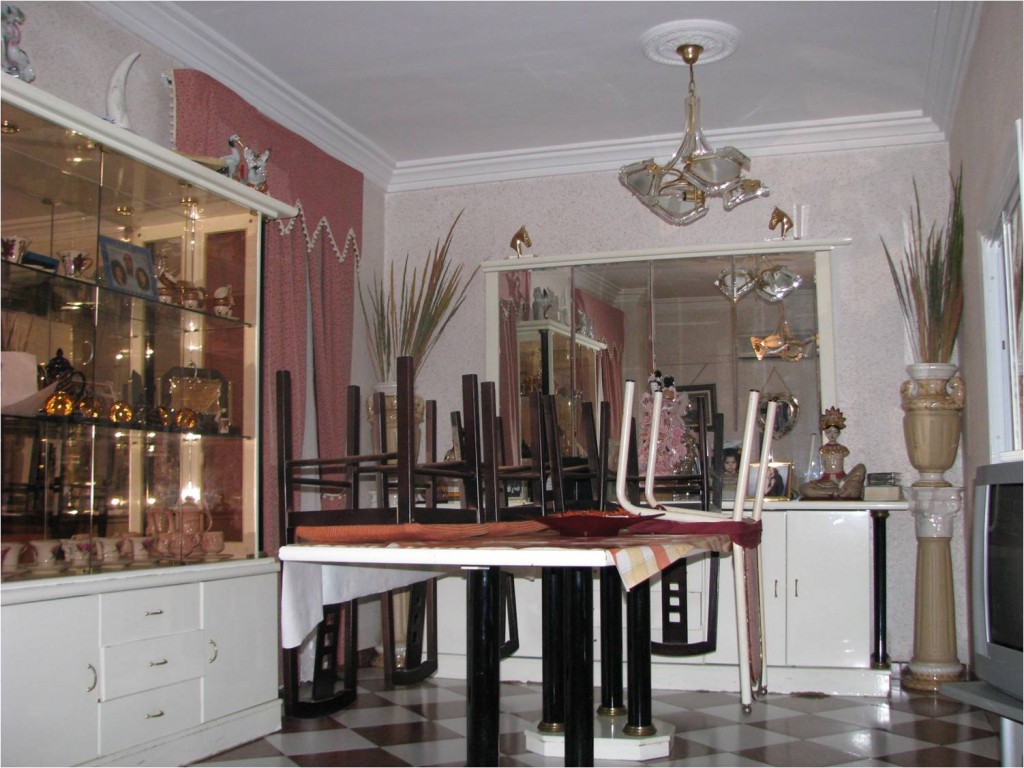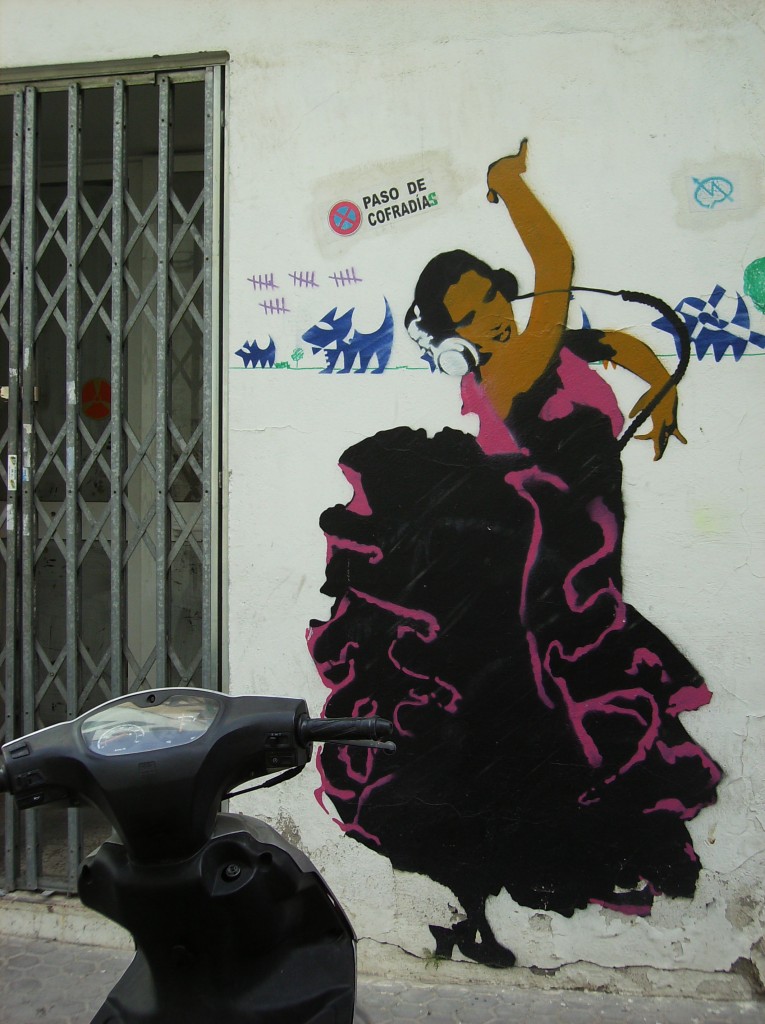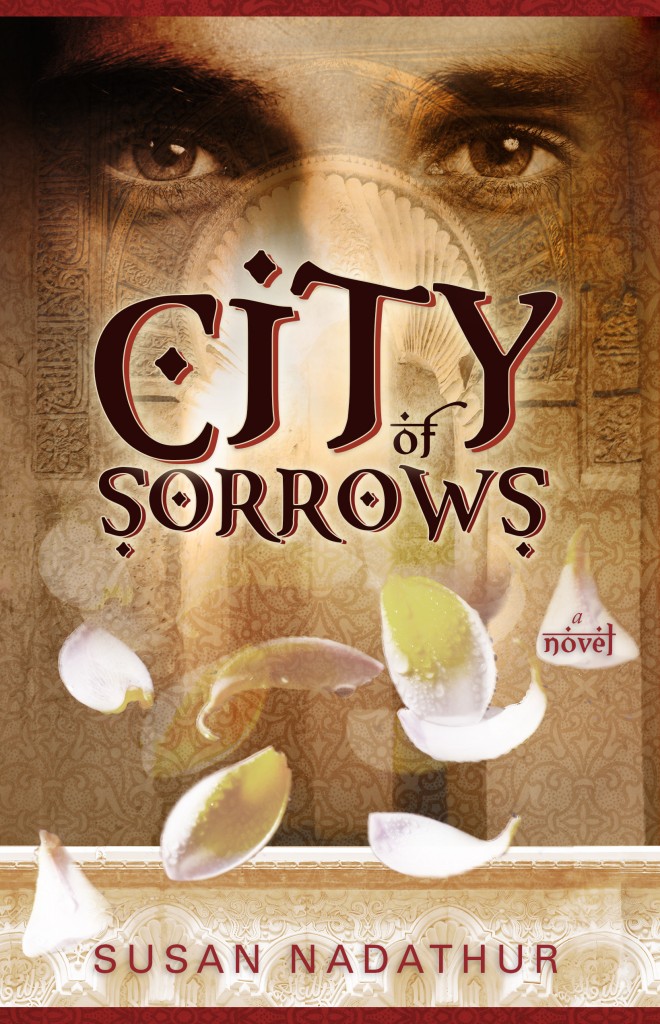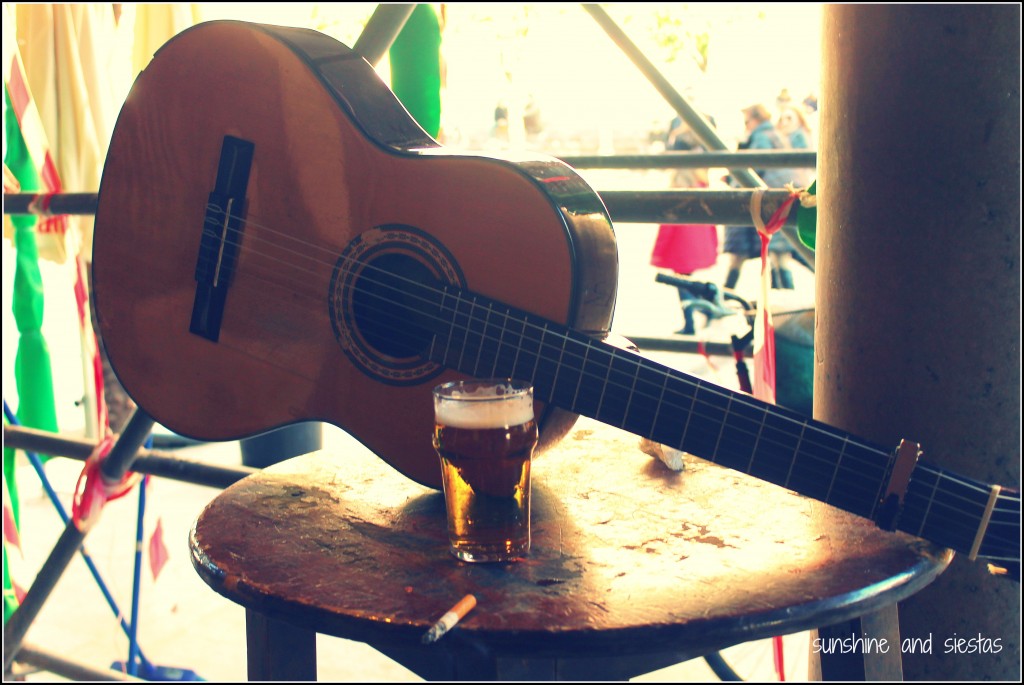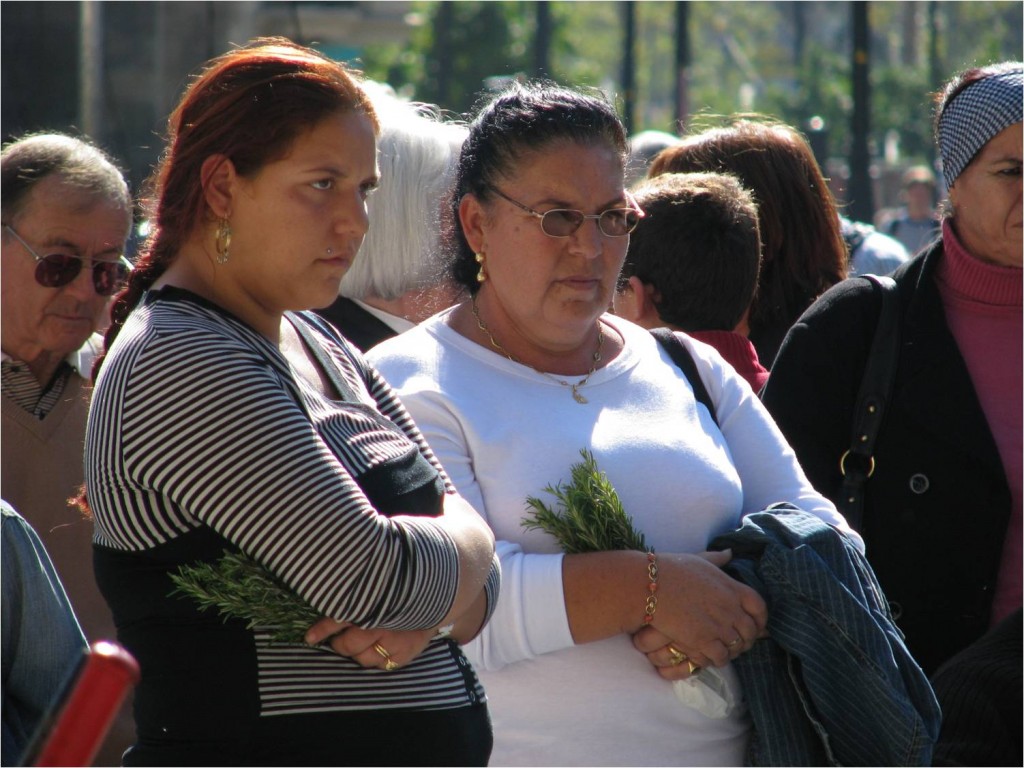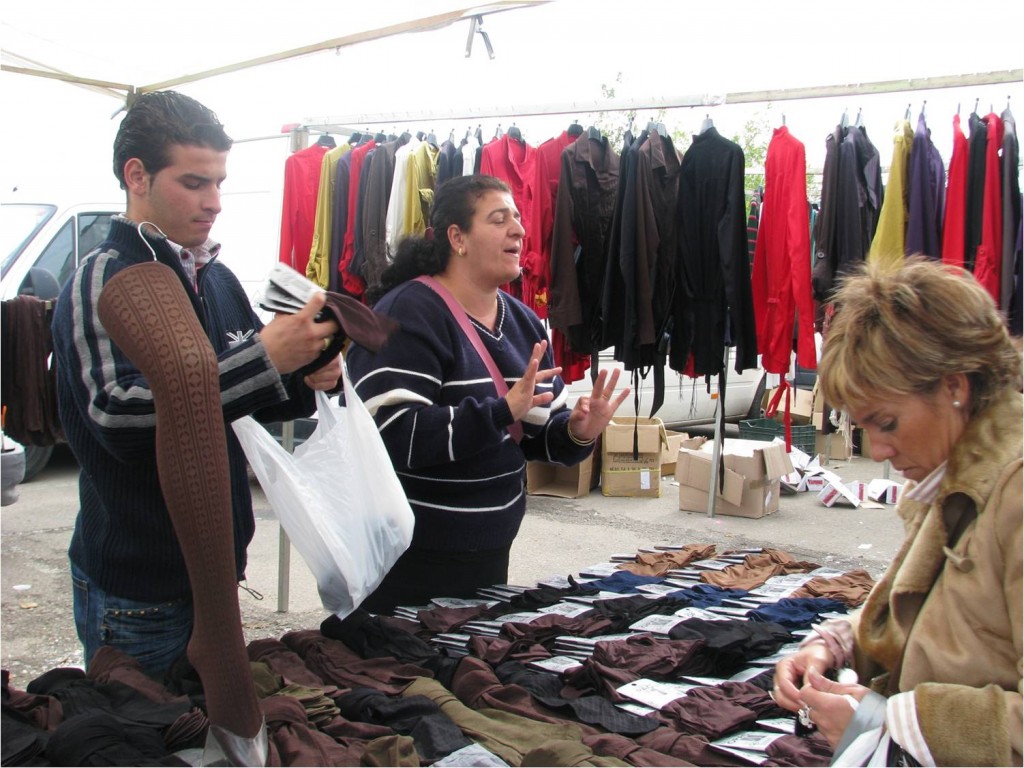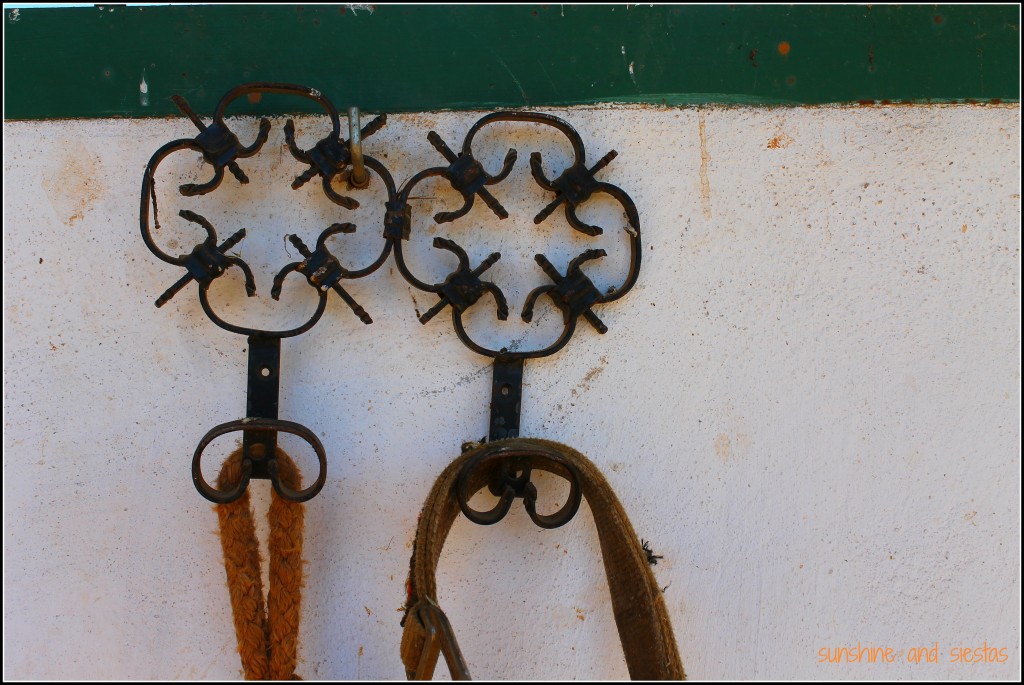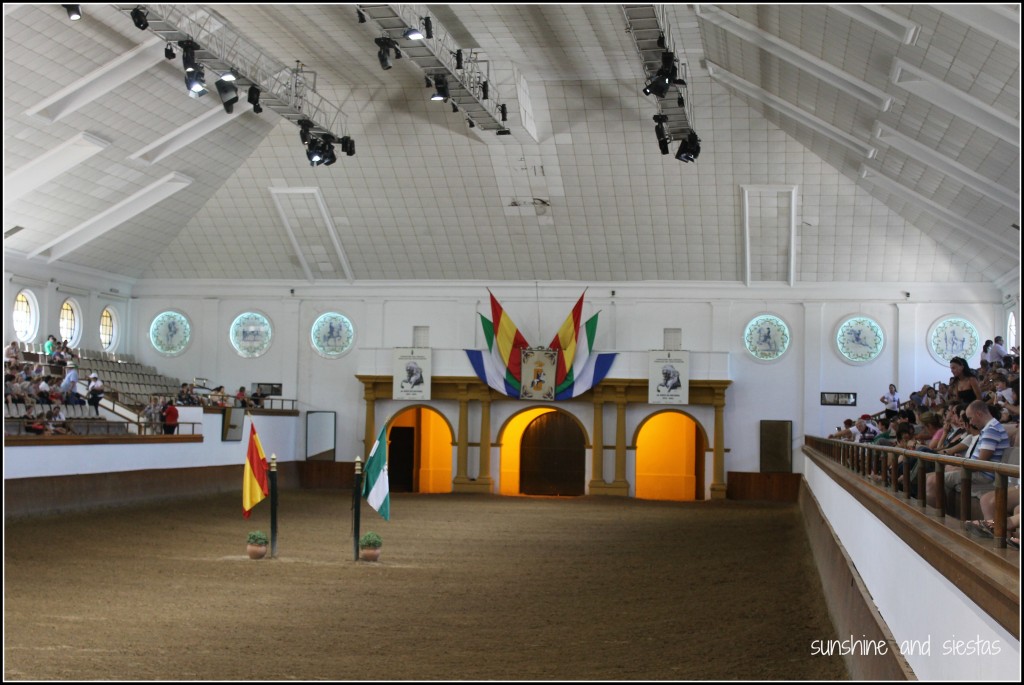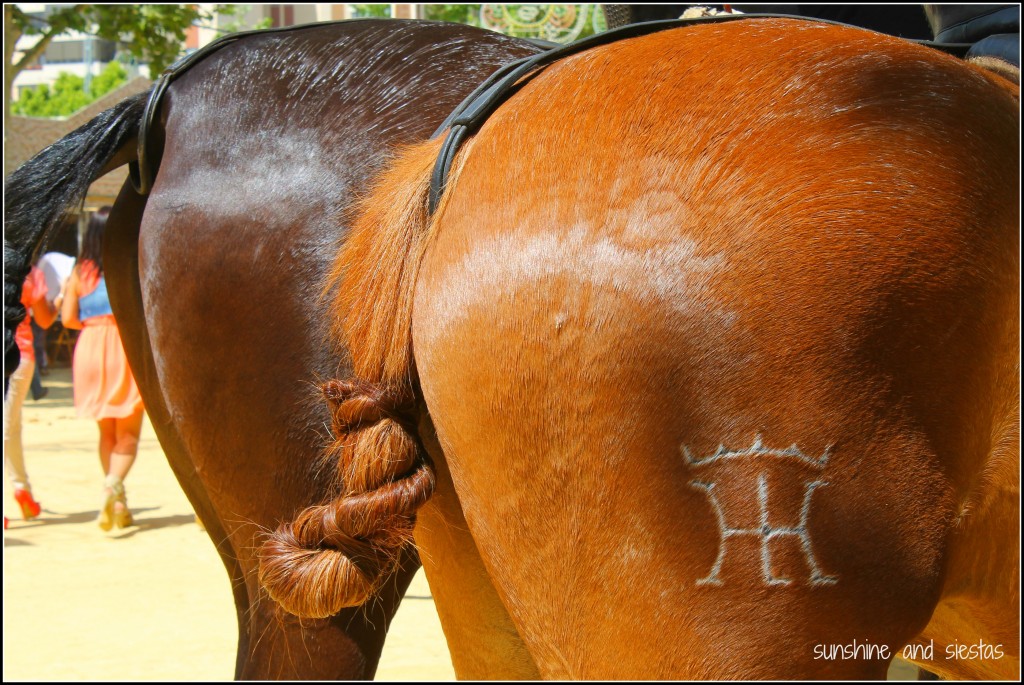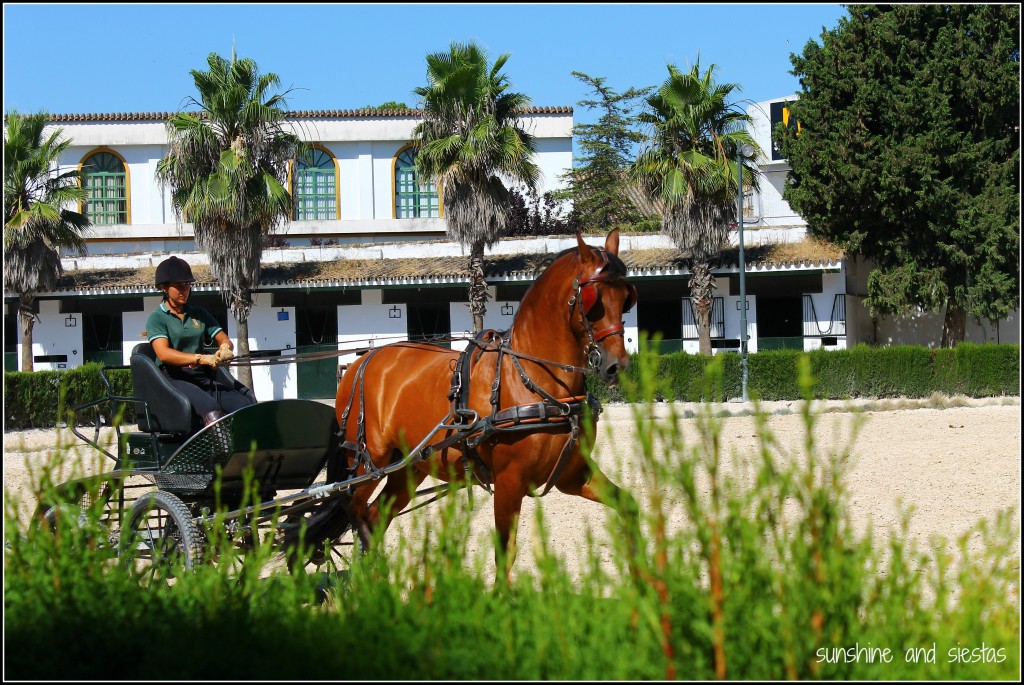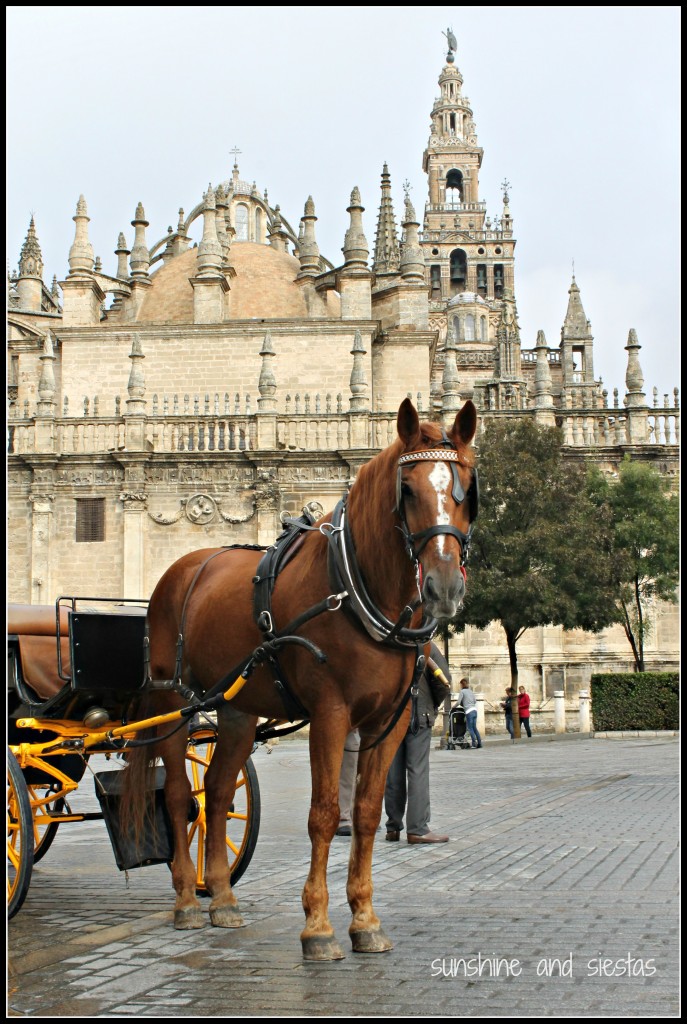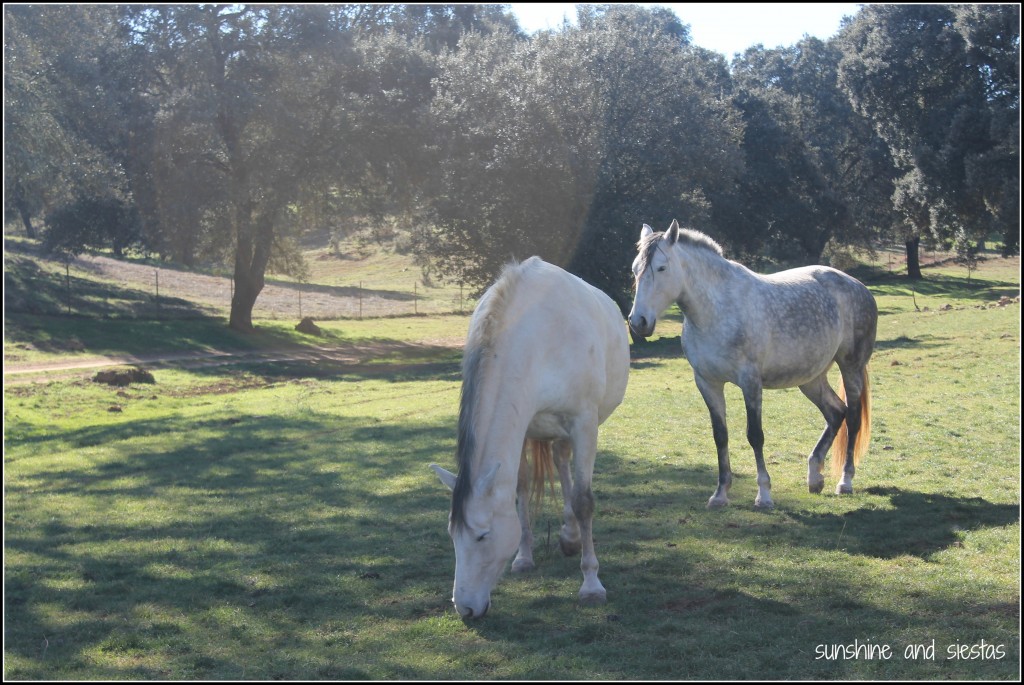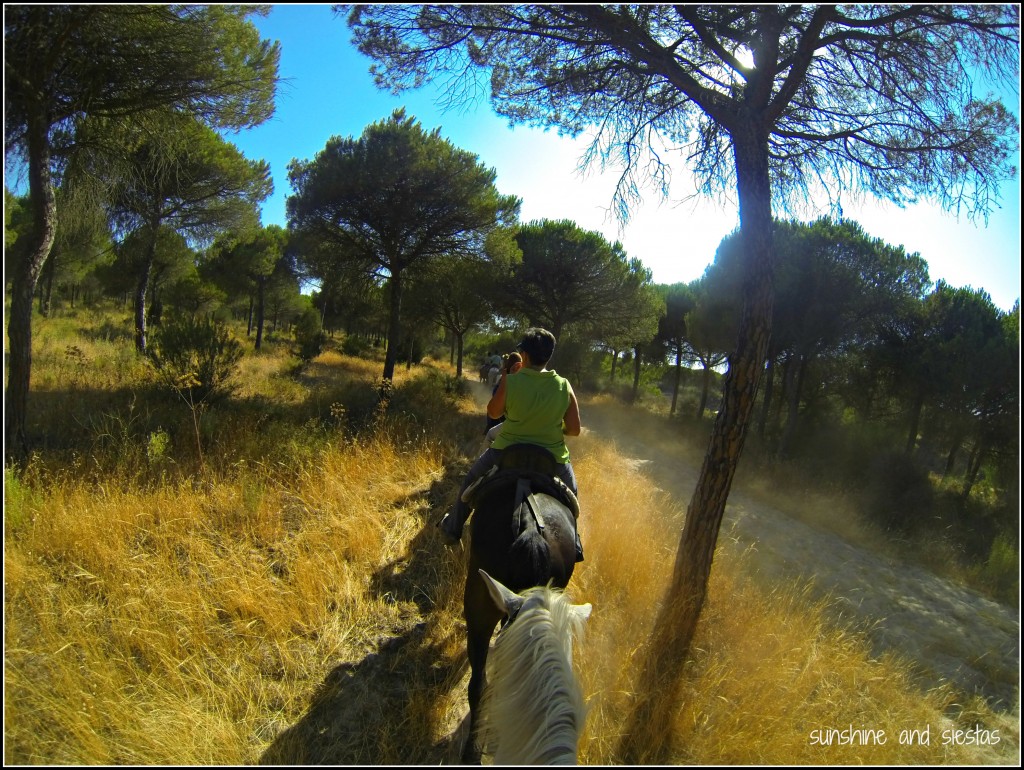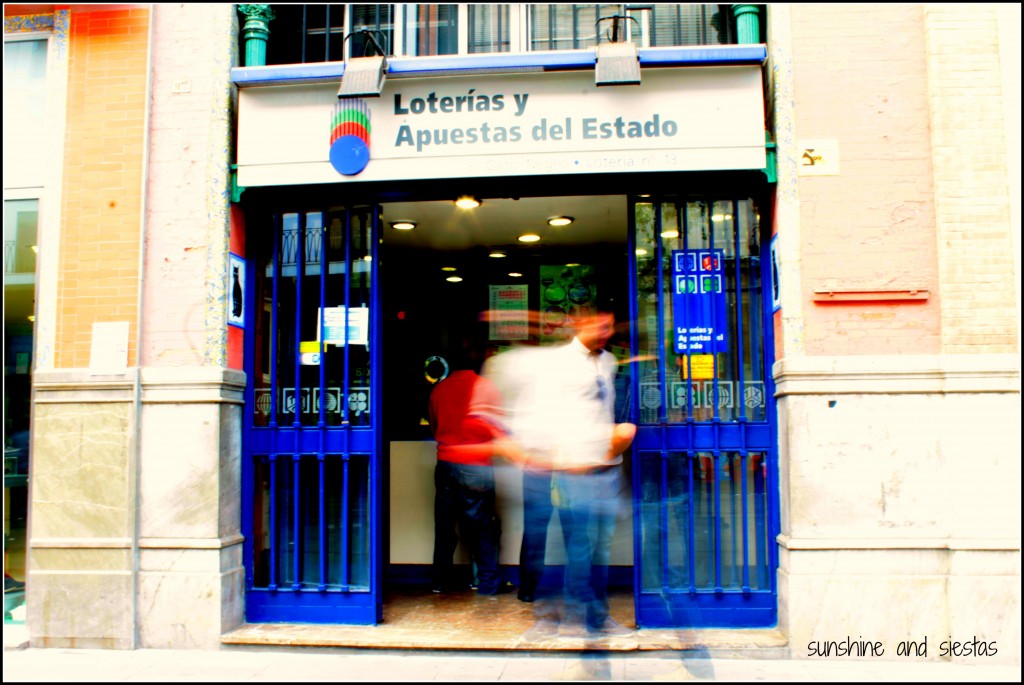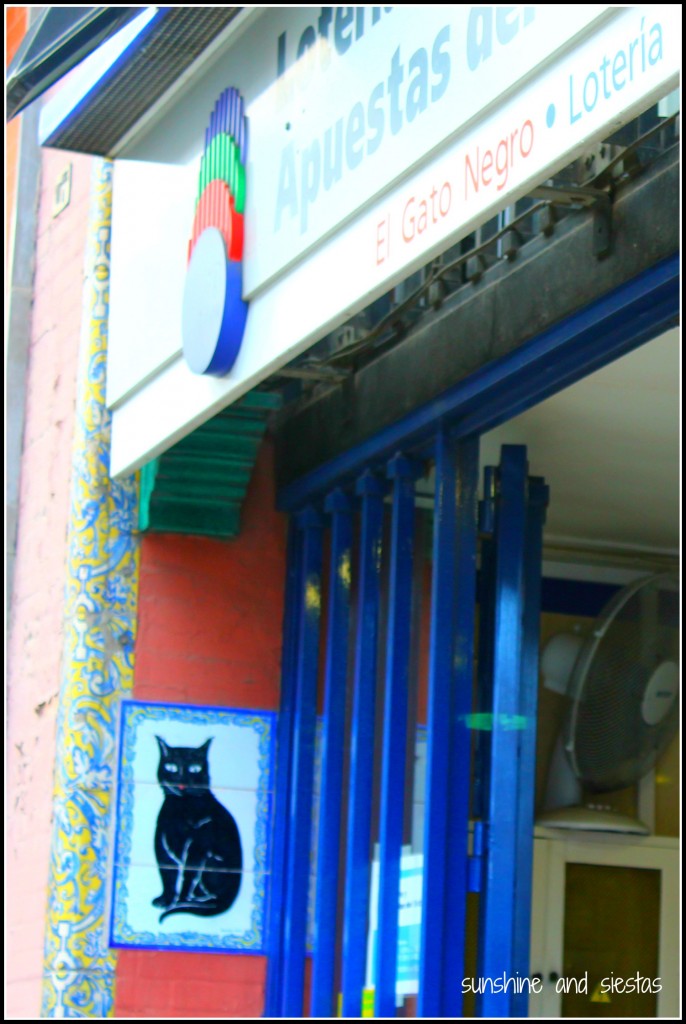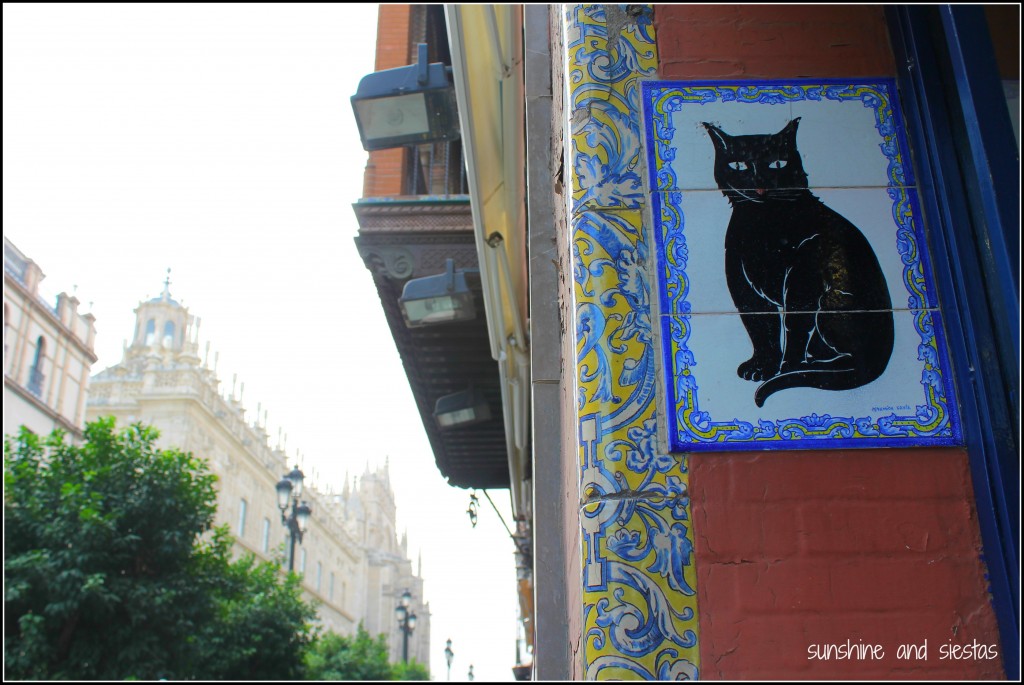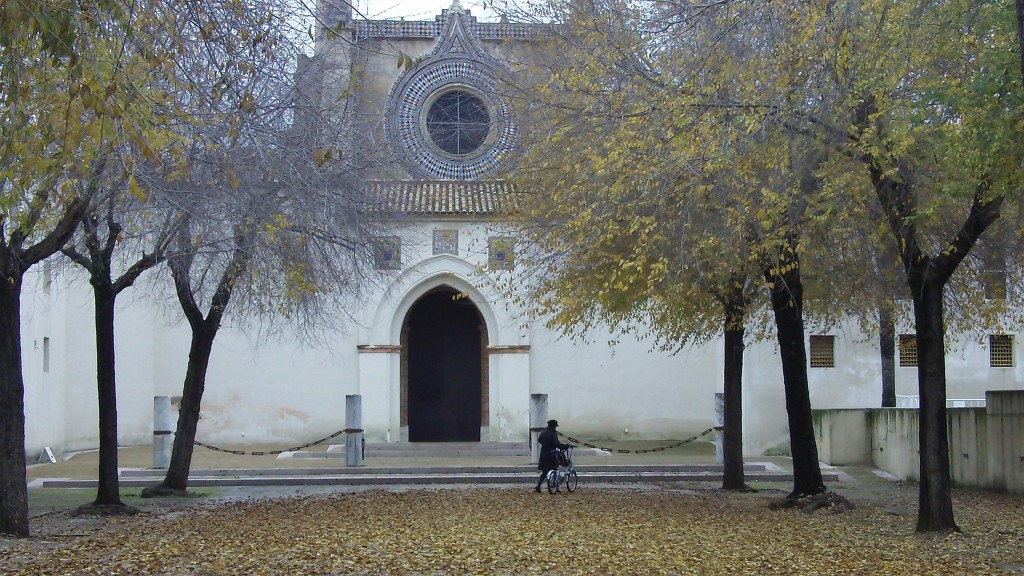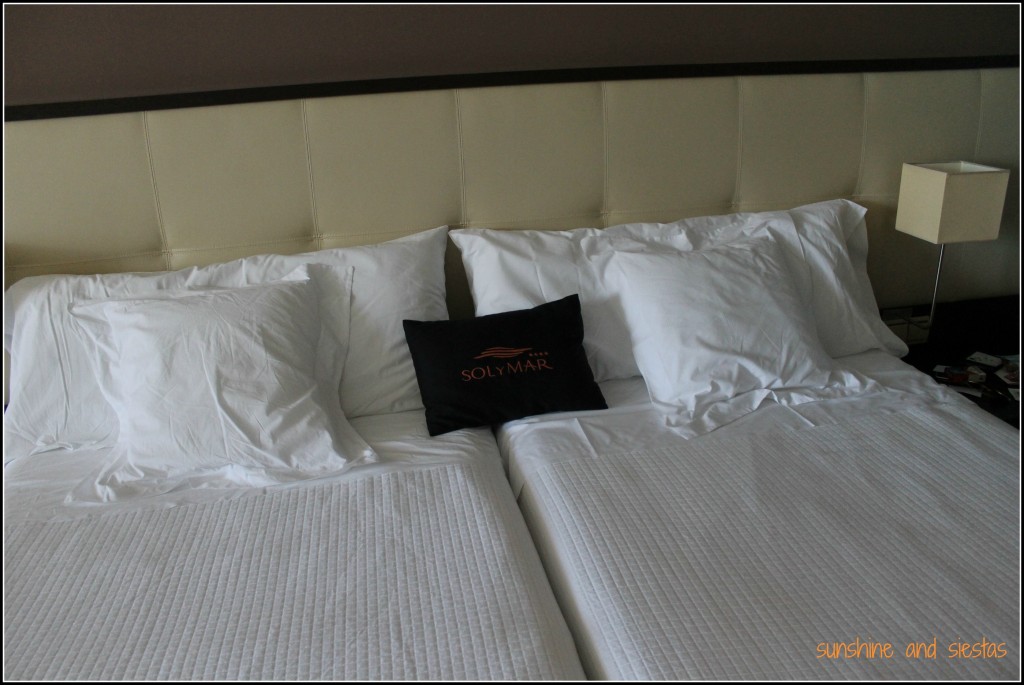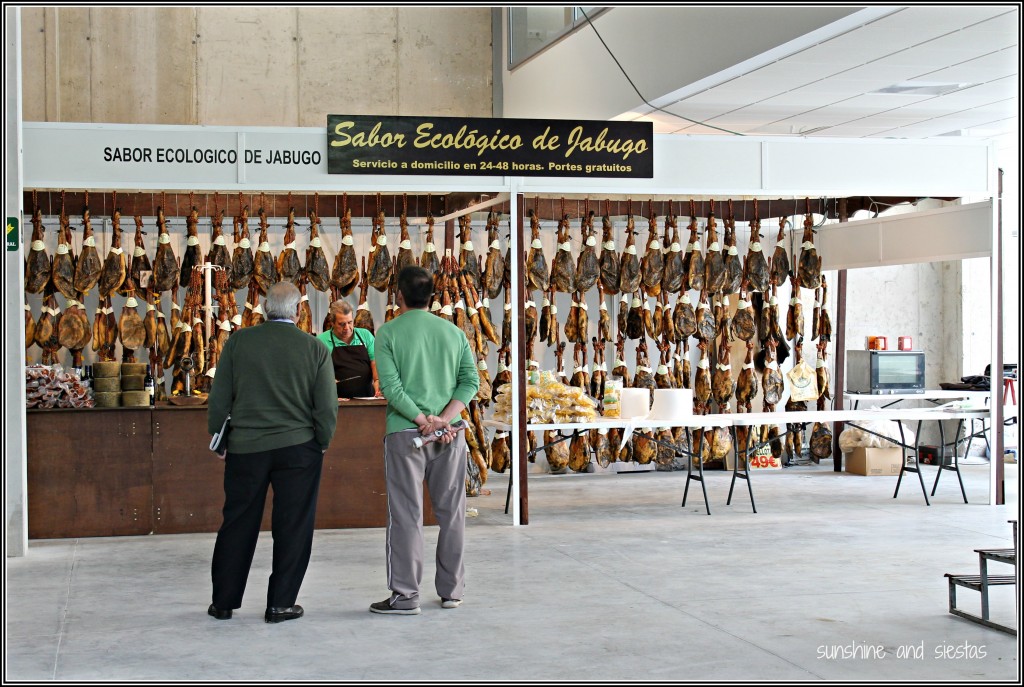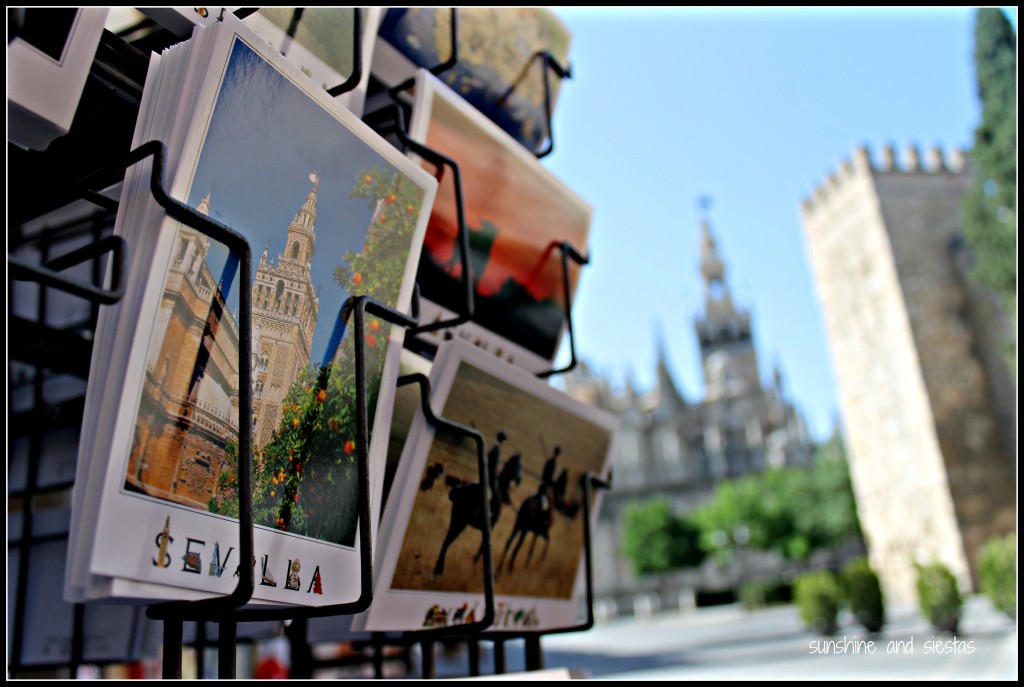How many times have you said to a friend, ‘You really have to meet Pepa [or María, or Julie, or whoever]?’ As the resident fair godmother of guiris in Seville, I meet women constantly, causing the Novio to think I have a secret loverboy on the side.
From this idea, plus encouragement from my friends Lauren of Spanish Sabores and Stacey of La Guiri Habla, PINC was born. Well, actually, PINC was born a year before, in Madrid, with a woman called Lisette Miranda. Tired of mere social groups in Spain’s capital, Lisette began a professional women’s group, designed to mentor, inspire and connect English-speaking women in Madrid.
With her blessing, Seville got its first professional group under the PINC Umbrella, and we held our first meeting on October 25th at Merchant’s Malt House. Fourteen women were in attendance – several teachers and academy owners, a hostel owner, a life coach and one interested in non-profit. We introduced ourselves and our products and projects, Lisette gave us a crash course in making our Linked In profiles attractive to employers, and we shared a cocktail and networking session afterwards.
Meetings will be monthly, held on a Friday at 8p.m., in the same format. The goal is to collaborate, inspire and educate. Members will take turns sharing a skill that they’re an expert in, allowing everyone to learn something new and hopefully open their minds to tapping into a skill they didn’t know they had. Our November meeting will be held on Friday the 22nd at 8 p.m. at Merchant’s, and you can sign up to attend here: http://doodle.com/4diusq7qgtf6457urq5dsug2
Interested in PINC? Please contact my thru my personal email address or through my Facebook page so that I can add you to the list! PINC is open to an English-speaking woman in the Seville area.
